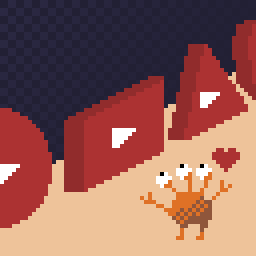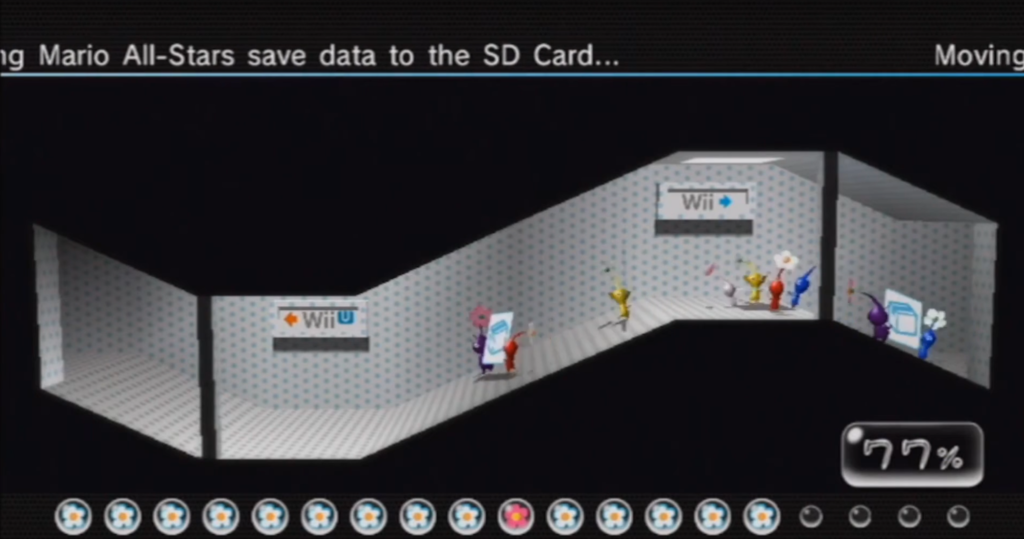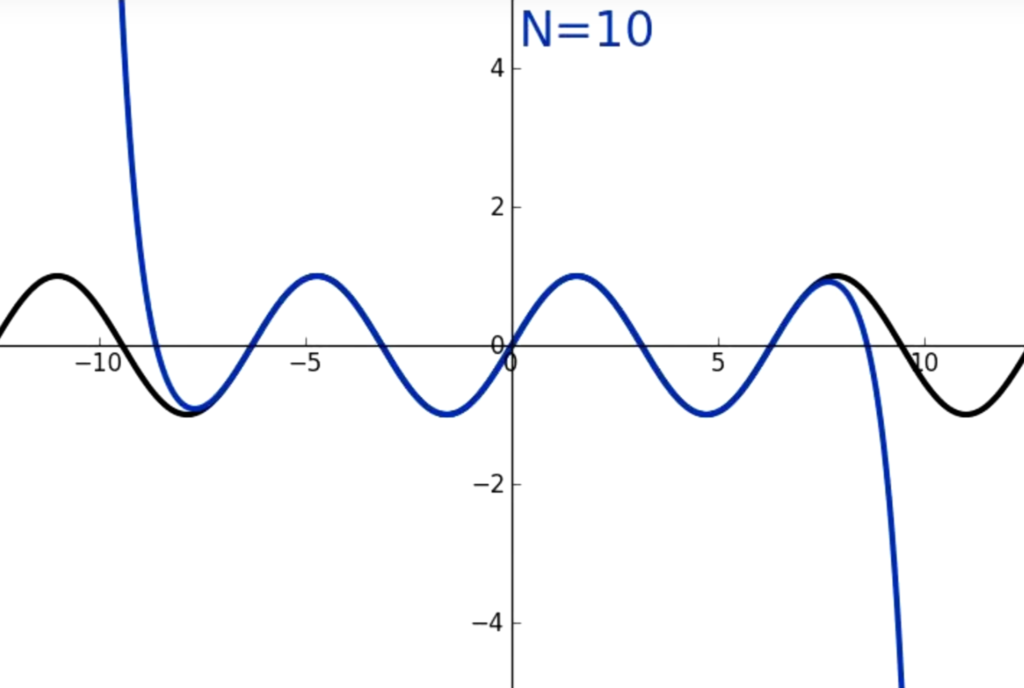| Courage Reactor (280 poko) | Duracell D-Cell battery | “Electric Power Super Battery,” a fake brand that replaces the multiple Duracell items among the treasures. It’s also a D cell. There’s a warning box that’s too small for me to read. |
| Quenching Emblem (100 poko) | 7-Up bottle cap | Bottle cap for “Spicy Ginger Ale, Premium Quality.” There’s some other text along the outer edge that’s just on the other side of the readability afforded by the texture compression. |
| Alien Billboard (80 poko) | Kiwi Shoe Polish, 1 1/8 ounce (31 gram) size | “Shoe Polish, highquality shoe care.” “Established 1920.” The size is 32 grams, “1,128 OZ” in the British style, using a comma as the decimal separator instead of a period. The slogan “Shine & Protect” runs along the outer edge of the lid. |
| Drought Ender (100 poko) | Old-style Dr. Pepper bottle cap | A bottle cap for “Coconut Water,” evidently a product someone would want to buy. The rim assures us, twice, that it is in fact “100% Pure Coconut Water.” Promise or threat, you decide. |
| Survival Ointment (90 poko) | A tube of ChapStick lip balm | “Night Lip Balm,” with “Extra Moisture.” Lots of tiny unreadable text on this one. |
| Gerkin Gate/Flavor Gate (100 poko) | A lid to a jar of Vlasic pickles | The only item with a different title. This is “Orange Jam,” “Made With Real Fruit,” “Organic Homemade Product.” 13.4 oz (380 grams). Shouldn’t they have just called it marmalade? |
| Creative Inspiration (100 poko) | Old-style bottle cap for RC Cola, eternal third-place in the cola wars | “Delicious! Black Berry Soda.” One of the more generic logos. |
| Patience Tester (130 poko) | A can of Sun Luck water chestnuts. How many company ad departments would let a licensor get away with implying their product tests one’s patience? | “Pineapple, Fresh Slices.” “In heavy syrup.” Oh, joy. (I don’t like pineapple, and pineapple syrup is not something I would ever care to try.) It’s interesting that they changed even the type of product here, although it’s the same sized can. |
| Healing Cask (60 poko) | A jar of Carmex salve, “FOR-COLD-SORES.” Even though the lid looks like it’s from the 50s, I think this is how the product looks even today. | “Organic” Aloe Vera Cream. Nice stylized rendering of a plant on the cover, but otherwise pretty ordinary. |
| Salivatrix (30 poko) | A lid for Dannon “Fruit on the Bottom.” Fruit on the bottom of what? It doesn’t say! It does tell us it has “Same Great Taste!”, but again, the same great taste of what? The mysteries belie this treasure’s paltry value. Bee the why, “Salivatrix” sounds like an enabler of a particularly niche kink. | “Morning Fruit Yogurt.” Aaah that’s right, Dannon makes yogurt! Did they remake Pikmin 2 just so they could fix their omission? Blueberry, and Low Fat, Net Wt. 15 oz (425.25g). Thanks for the two decimal places of metric accuracy, fake yogurt lid. |
| Thirst Activator (300 poko) | Cap to a bottle of Tree Top juice. What variety is left unspecified. One of the little jokes of the game is how far off the retail value the Salvage Pod’s valuation of your treasures is. 300 poko is pretty valuable! | “FRESH Organic Fruit Sauce.” The name is still Thirst Activator though. Brings to mind gulping down a nice hearty jar of Ragu’s finest, mm-mmm. Both versions of the treasure have arrows telling a consumer which way to open the jar. |
| Massive Lid (100 poko) | Old-style cap to a bottle of Yoo-Hoo Cola. Cola? The internet is mum as to the history of this mysterious product. I don’t want to imagine what it was like. | The cap now reads “Mountain Water.” It’s a metal bottlecap, as if to a glass bottle. At least it’s recyclable. The title is odd; it’s a small cap, there’s plenty of bigger lids in the treasure hoard. |
| Happiness Emblem (100 poko) | Another old-style bottlecap, this to a can of Squirt grapefruit soda. Squirt, a Dr. Pepper brand, is still made and sold even today. | Ginger Ale LIGHT. Has an ingredients list right on the cap, just like the Squirt cap had. The ingredients are even readable: carbonated Water, high-fructose corn syrup, ginger extract. Hey, I’d drink it. Nintendo’s localizers know their territory. |
| Durable Energy Cell (160 poko) | Duracell C-Cell battery. | Electric Power Super Battery, again, Duracell’s counterpart in the Pikmin ludomatic universe. |
| Endless Repository (130 poko) | A can of Beach Cliff Sardines, “Proudly made in the USA” and “in soybean oil.” | “Sardines, Skinless & Boneless.” “In olive oil & lemon.” The “pull ring easy-open” and fake UPC code are nice touches. This is one of my favorite fake products, even though I’ve never eaten a canned fish in anger. |
| Pondering Emblem (100 poko) | Cap to a bottle of Yoo-Hoo Chocolate Flavored Beverage. The pondering part of it is wondering what the hell Yoo-Hoo is made of. | “Milk Crown” Cream Soda. Nice stylized representation of a splash of milk. The cap tells us “artificial flavor & color.” Remember to demand natural flavoring and coloring from your fictional video-game beverages! |
| Abstract Masterpiece (30 poko) | A Snapple Cap. You can’t flip it over to see if there’s a Snapple Fact on the bottom. | Sunny Tropical Juice. “What kind of juice?” “Tropical.” At least the label tells us it’s made from the best natural fruit. No synthetic fruit here, oh no no. |
| Optical Illustration (140 poko) | Lid to a jar of Ragu tomato-based sauce. I joked about it, and lo, it has come into being. There is very little optical here, and it hardly qualifies as an illustration | “Tomato Basil” homemade pasta sauce. One of the faker-looking treasures. |
| Activity Arouser (100 poko) | The “W”-logo from the lid of a can of Wilson tennis balls. | One of the few overtly fake brands, with a logo of a flaming tennis ball and the cryptic word “TARAI” in a sci-fi font. No other information is supplied. This mystery is going to haunt me. |
| Proton AA (90 poko) | Duracell AA-Cell battery. | The third of the Electric Power Super Battery collection. It looks a whole lot like one of those battery brands you can find at a dollar store, that last roughly 23 seconds when put to use. |
| Drone Supplies (130 poko) | Underwood Deviled Ham Spread. A really distinctive package, round but wrapped in paper with a unique fold at the top. | Tuna Salad Spread. The kept the paper wrapping. This is the one with the realistic Nutrition Facts label on the back. |
| Fuel Reservoir (120 poko) | Duracell 9-Volt battery. | Last of the Electric Power Super Battery set. |
| Fruit Guard (130 poko) | A can (not just the lid!) of Tree Top apple juice. The words “Apple Juice” are not written in Comic-Sans, but it does look a lot like they are. | FRESH Organic 100% apple juice. FRESH seems to be the replacement brand for Tree Top. At least it’s not drinkable fruit sauce this time. Also has a Nutritional Facts label on the back (as does the original). |
| Nutrient Silo (130 poko) | Skippy creamy peanut butter. | Ribbon’s peanut butter. They made a cute little logo involving a pair of cartoon peanuts for it! I demand fan art of them immediately, get to work! Also has a Nutrition Facts box and fake barcode. |
| Yellow Taste Tyrant (100 poko) | The yellow, unpainted plastic lid of a wide-mouthed container of French’s mustard. The French’s logo is molded into the surface, and seems to react to light, which is interesting. | A green painted illustration of a hot dog with the words “Hot Mustard” twice. The modeled French’s logo is gone. |
| Stringent Container (130 poko) | A canister of Clabber Girl baking powder. | The canister is of “Baking Powder,” “Queen’s Quality,” “Double Acting” and “Gluten Free.” Established 1932! Like the original, has both nutrition facts and a recipe, here for a chocolate muffin. You can just make out that a “serving” of this can of baking powder has 55 calories. At the bottom of the nutrition facts it says “European Leading Brand.” |
| Hypnotic Platter (100 poko) | Bottle cap for A&W (presumably) Root Beer. Caffeine free. | “19TH Anniversary” premium orange juice. Apparently sold in soda-style glass bottles? |




